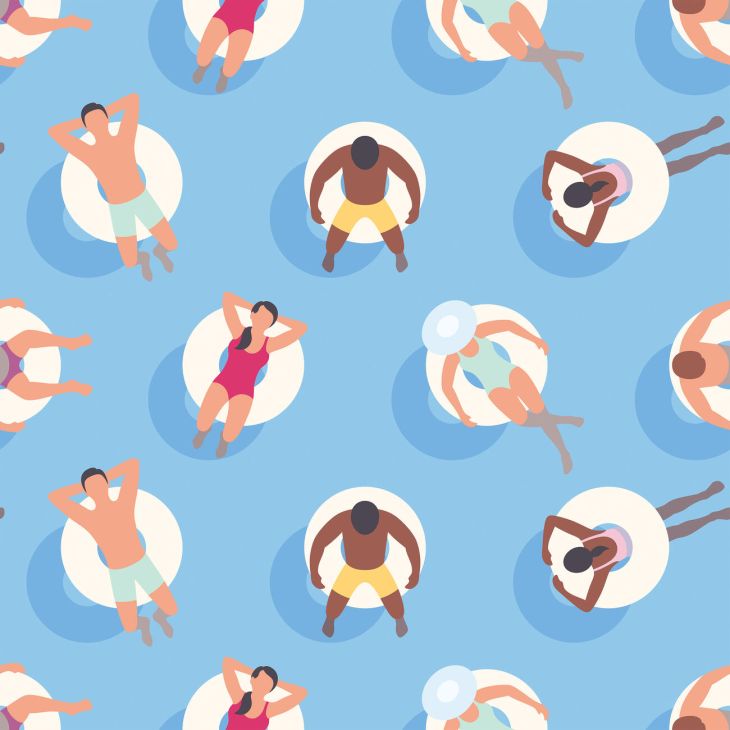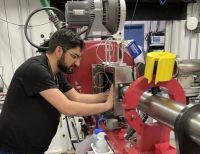- Name
- Hannah Robbins
- [email protected]
- Cell phone
- 667-232-9047
Crowds flocking to rivers and streams over Labor Day weekend are doing more than cooling off and having fun. They're temporarily introducing chemicals and microscopic organisms into their local waterways, according to new research from Johns Hopkins University.
The research, published today in ACS ES&T Water, is the first holistic assessment of how recreation affects streams. Findings also provide insight into the compounds and chemicals people are splashing around in when their favorite swimming spots are packed.
Carsten Prasse
Assistant professor, Whiting School of Engineering
"People are exposed to other chemicals based on the choices of their fellow swimmers. And you're all swimming around in it like a soup."
"Residue from sunscreens, shampoos, and other chemicals you're using around your house can wash off into the water. And the same is true for the person next to you," said lead author Carsten Prasse, an assistant professor of environmental health and engineering at Johns Hopkins. "People are exposed to other chemicals based on the choices of their fellow swimmers. And you're all swimming around in it like a soup."
Prasse and his team collected water samples from Clear Creek—a popular tubing spot for locals in Golden, Colorado—over Labor Day weekend in 2022. One collection site was upstream of recreation activities, and the other was a downstream location where people exit the water.
Using analytical chemistry techniques, researchers identified traces of lidocaine, acetaminophen, and other pharmaceuticals; chemicals from household cleaning, personal care, and pet care products; and compounds from sunscreens and those leaching from plastics in samples taken from the downstream recreational area. Downstream samples also contained human gut microbes.
However, water samples collected two days after Labor Day showed the creek returned to its original state, the researchers said.
"Changes to the water are short-lived, but that doesn't mean they aren't significant," said first author Noor Hamdan, a graduate student who studied in Prasse's lab. "Flowing water continues to transport the compounds further downstream and that could impact plants and animals along the way."
Co-authors include Johns Hopkins research associate Matthew Newmeyer and former Hopkins doctoral student Veronica Wallace, as well as Professors James Ranville and John Spear and doctoral student Carmen Villaruel, all from the Colorado School of Mines.
This work was made possible by National Science Foundation CBET Grant 2217526.















